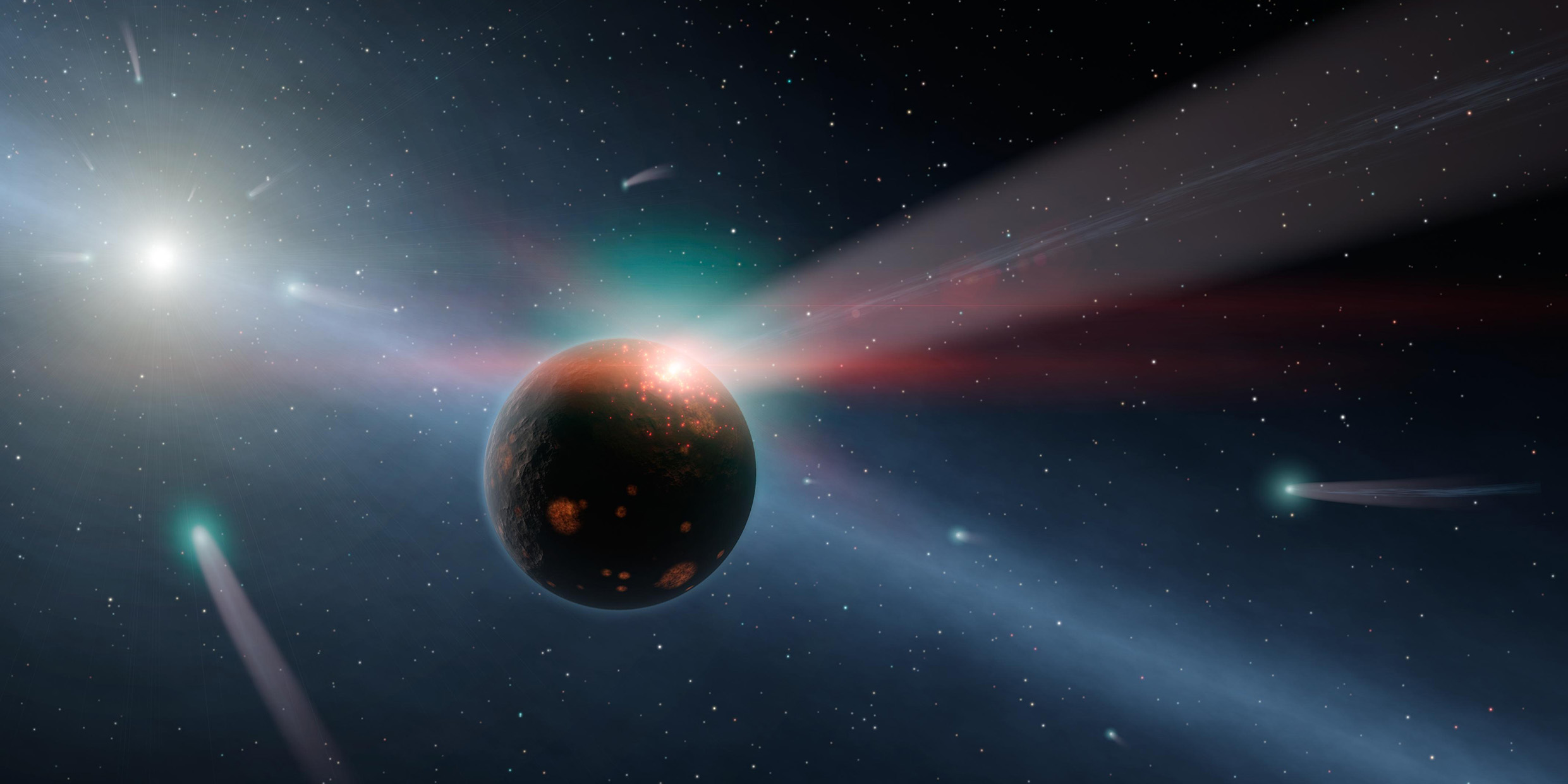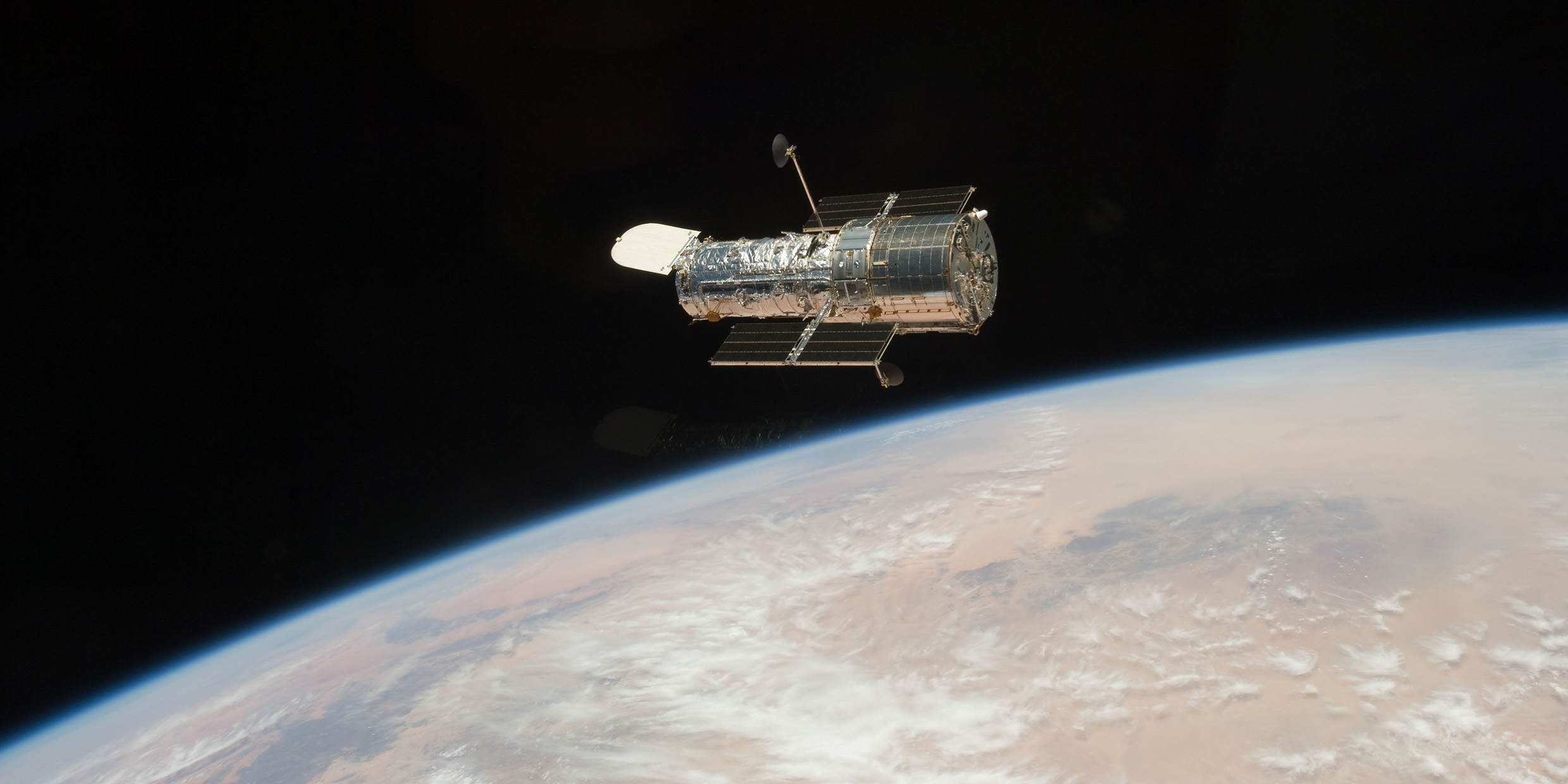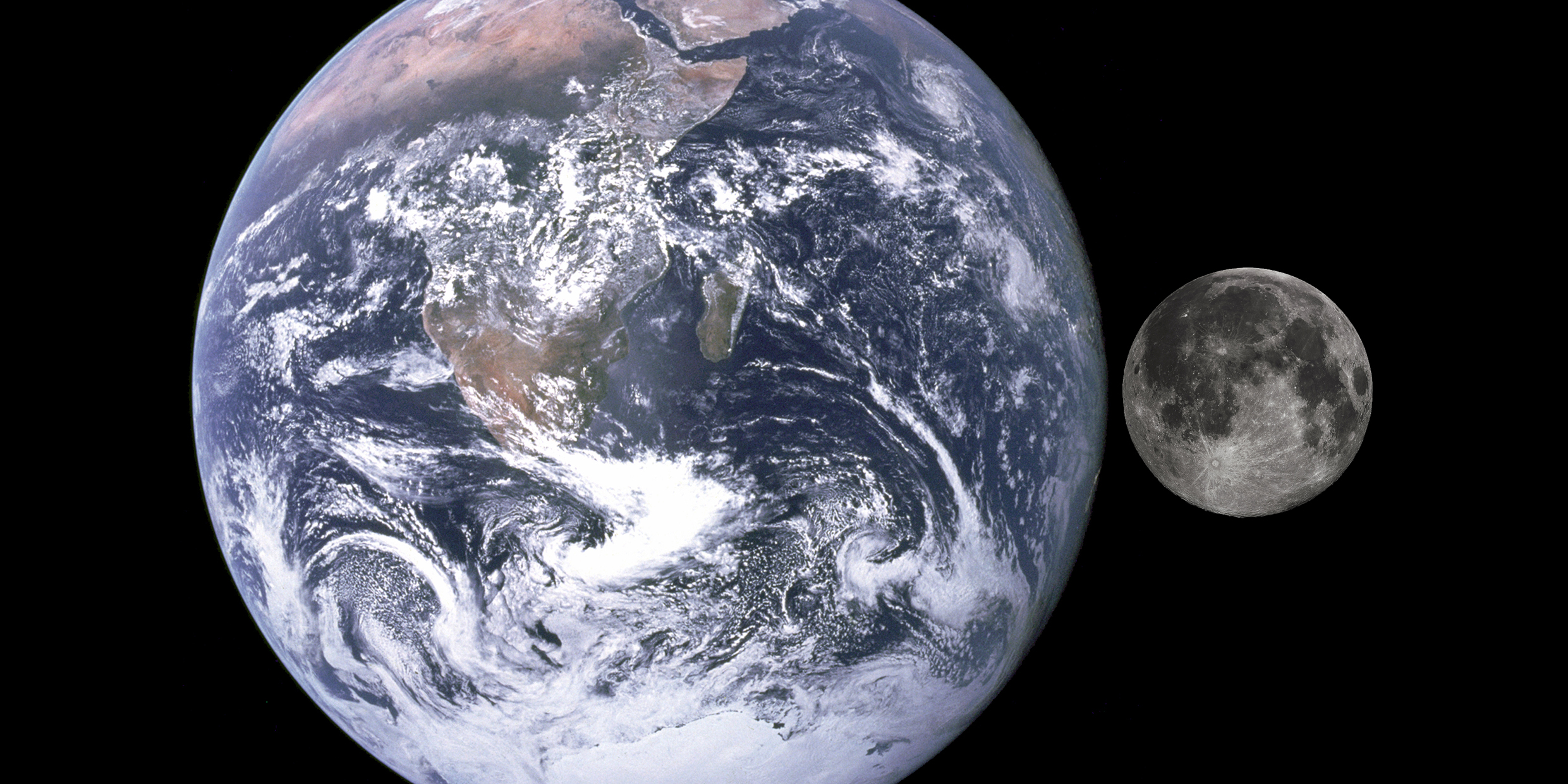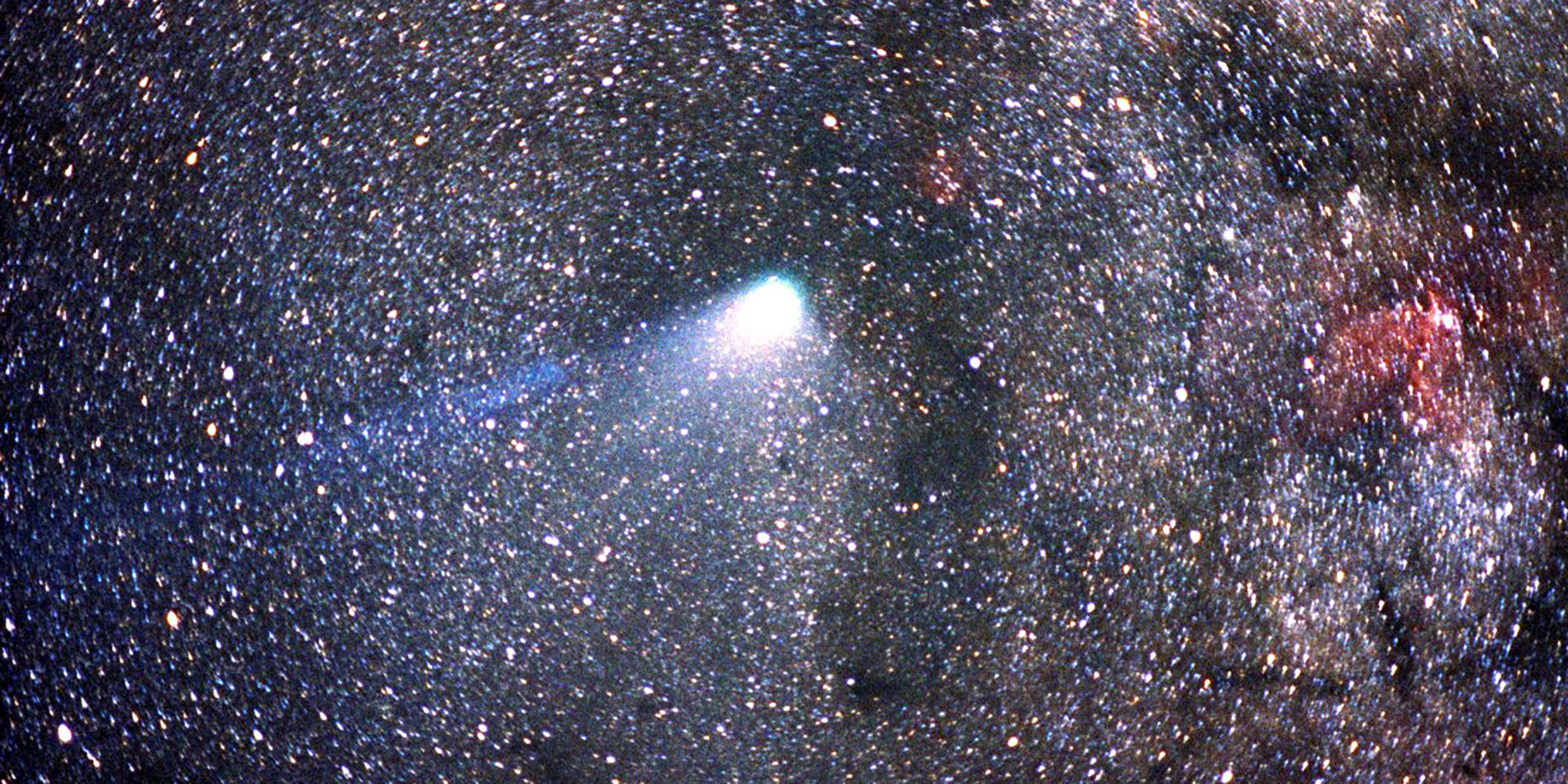In Shakespeare’s The Tempest, Miranda grows to the age of sixteen on an ocean isle with no human companions other than her father Prospero and the monster Caliban. When storm and shipwreck bring others to the island she is suddenly awakened to the variety and beauty of mankind. “O brave new world,” she exclaims, dazzled,“that has such people in’t!”
Astronomy
Of course, the sky is always falling
Thirty-one years ago, Ann Hodges was sleeping on her living room couch in Sylacauga, Ala., when a 8‑pound rock crashed through the roof of her house and hit her on the side. Life magazine published a full-page photograph of Hodges displaying her bruise and her unwanted trophy from the sky.
A constant rain of comets
This week in Baltimore, three Iowa scientists will confront skeptical colleagues with evidence for a radical new theory: that the Earth’s upper atmosphere is continually bombarded by small comets, thousands of them every day, plashing like raindrops into a pond.
Galactic images
The cluster of white domes on Siding Spring Mountain in New South Wales, Australia, reminded me of the bulbs of the white Aminita mushrooms that spring up overnight in the New England woodlands after an autumn rain.
Pacing-off the cosmos
An old proverb says that a journey of a thousand miles begins with a single step. It is literally true that a single step was the beginning of our journey into the universe of the galaxies.
Unexpected delights
For some of us, the most exciting aspect of the space shuttle program was to be the launching of the Hubble Space Telescope later this year. The tragedy at Cape Canaveral will undoubtedly delay that project by many months.
The moon’s too big to suit some of us
A full moon is fine for lovers and poets. But for astronomers, professional and amateur, the moon can be a bit of a nuisance.
Sirius joins us to the stars
There was a time, before Galileo turned his telescope heavenward, when people believed that the stars were immutable. The celestial sphere, at God’s feet, was fixed and eternal. When something new was observed in the sky — a comet, perhaps — it was assumed to belong to the earthly realm, somewhere below the Moon.
Halley’s comet: a beautiful blur of light
Comet Halley is destined to disappoint a lot of people. Maybe it is time to hear from someone who has not been disappointed.
August’s shower of space dust
If it is good luck to see a shooting star, then this could be your lucky night. This is the peak of the Perseid meteor shower, the richest show of the year. If the night is clear and you are patient and can get far enough from the city lights to find dark skies, you might see a few dozen meteors per hour tonight.









